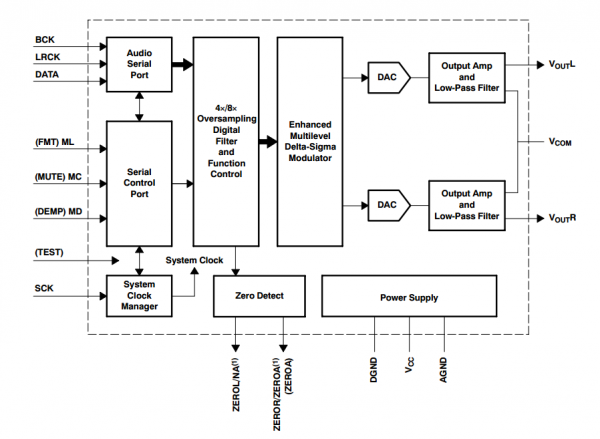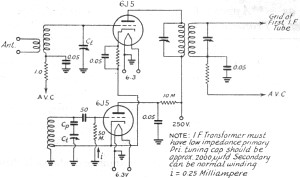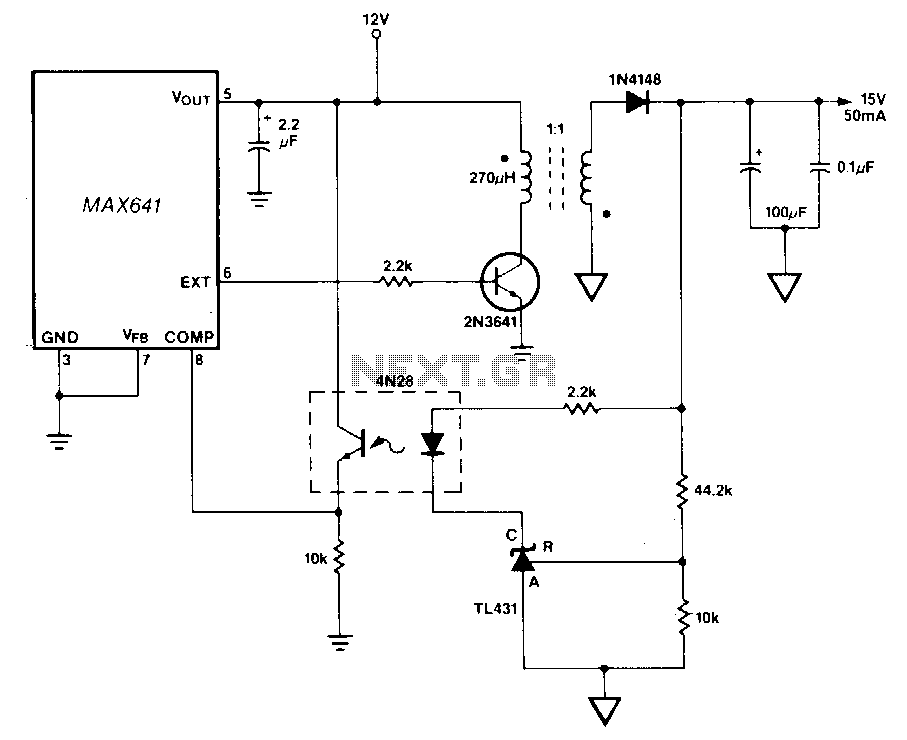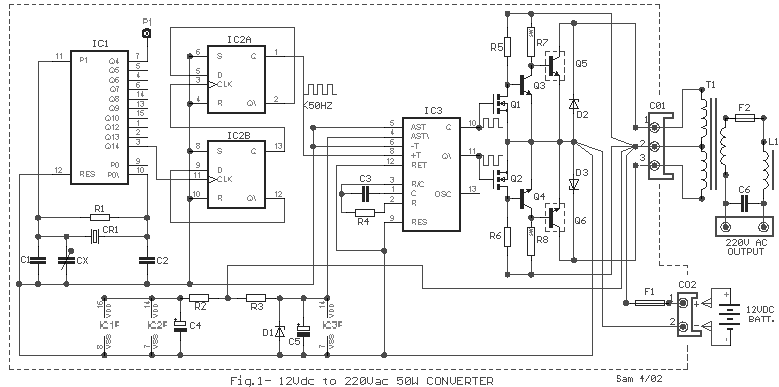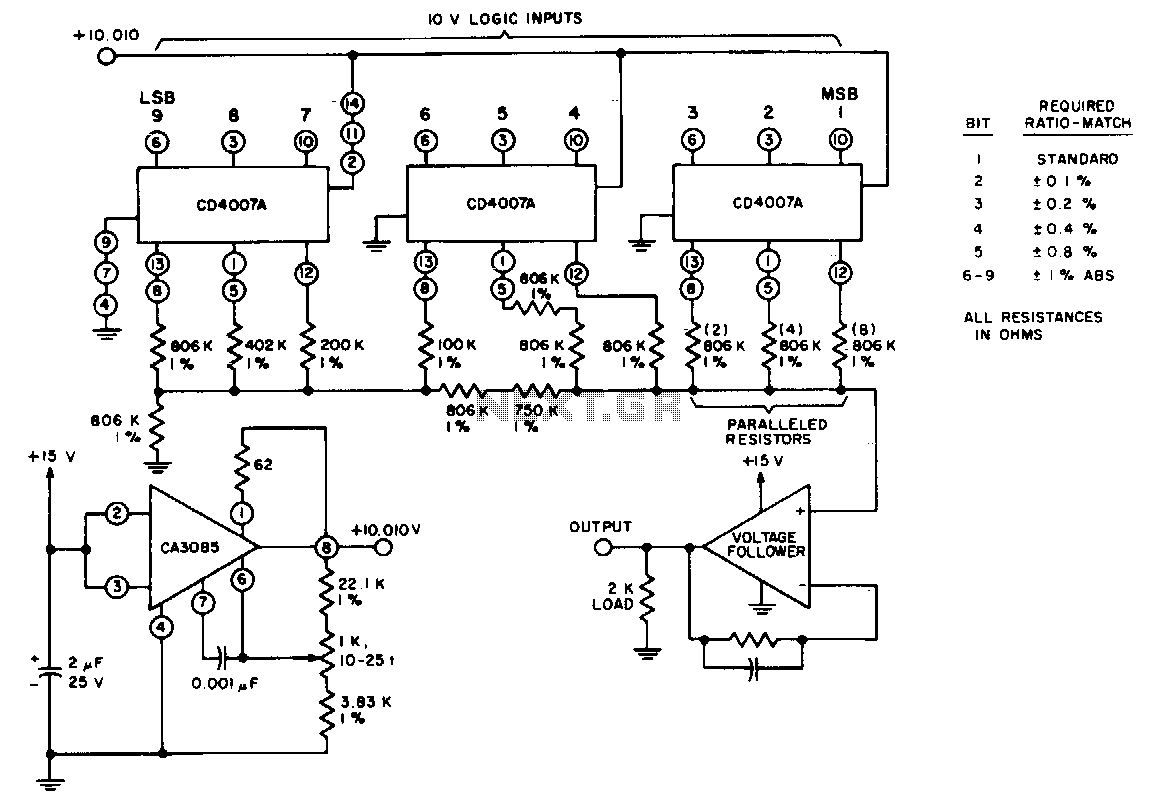
Temperature-to-frequency converter
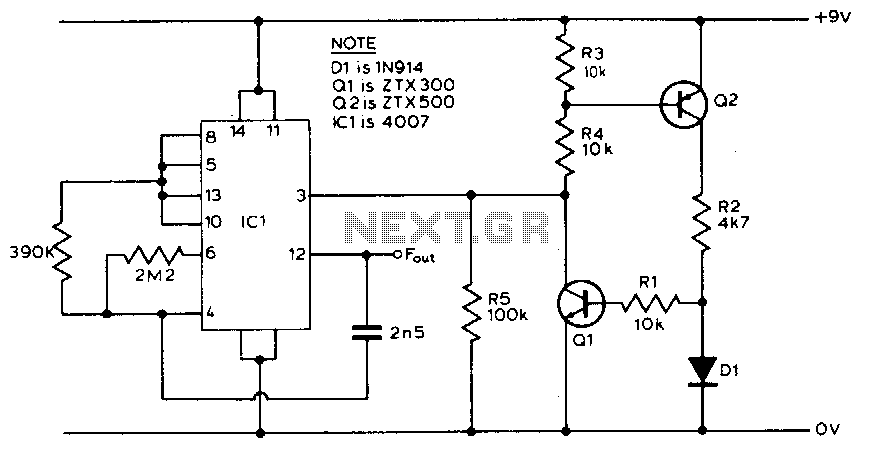
The circuit utilizes the principle that the forward voltage of a silicon diode changes in a relatively linear manner with temperature when supplied by a constant current source. Diode D1 and resistor R2 create a potential divider connected to the constant current source. As the temperature increases, the forward voltage of D1 decreases, which tends to deactivate transistor Q1. Consequently, the output voltage from Q1 rises, serving as the control voltage for the CMOS voltage-controlled oscillator (VCO). With the specified component values, the device produced an increase of nearly 3 Hz/°C (ranging from 0 °C to 60 °C), resulting in a frequency of 470 Hz at 0 °C.
The described circuit is an innovative temperature sensor that leverages the temperature-dependent characteristics of a silicon diode to provide a variable frequency output. The constant current source provides a stable reference, ensuring that the diode operates in its forward bias region. As the temperature increases, the forward voltage drop across diode D1 decreases due to the negative temperature coefficient of the diode. This change influences the base-emitter voltage of transistor Q1, leading to a reduction in its conduction state.
The potential divider formed by R2 and D1 is crucial for determining the operational point of Q1. As the temperature rises and the forward voltage of D1 decreases, the voltage drop across R2 increases, which in turn raises the output voltage from Q1. This output acts as a control signal for the CMOS VCO, which is designed to produce a frequency that varies with the control voltage. The linear relationship between temperature and frequency is particularly useful for applications requiring precise temperature measurement and control.
The circuit's performance, characterized by an increase of approximately 3 Hz per degree Celsius, indicates a well-calibrated response over the specified temperature range of 0 °C to 60 °C. At the lower temperature limit, the output frequency is established at 470 Hz, providing a clear and measurable output that can be utilized in various electronic applications, including temperature monitoring systems and feedback control loops. The design emphasizes simplicity and efficiency, making it suitable for integration into compact electronic devices where space and power conservation are critical.The circuit exploits the fact that when fed from a constant current source, the forward voltage of a silicon diode varies with temperature in a reasonably linear way. Diode Dl and resistor R2 form a potential divider fed from the constant current source. As the temperature rises, the forward voltage of Dl falls tending to turn Ql off. The output voltage from Ql will thus rise, and this is used as the control voltage for the CMOS VCO With the values shown, the device gave an increase of just under 3 Hz/°C (between 0 °C and 60 °C) giving a frequency of 470 Hz at 0 °C.
The described circuit is an innovative temperature sensor that leverages the temperature-dependent characteristics of a silicon diode to provide a variable frequency output. The constant current source provides a stable reference, ensuring that the diode operates in its forward bias region. As the temperature increases, the forward voltage drop across diode D1 decreases due to the negative temperature coefficient of the diode. This change influences the base-emitter voltage of transistor Q1, leading to a reduction in its conduction state.
The potential divider formed by R2 and D1 is crucial for determining the operational point of Q1. As the temperature rises and the forward voltage of D1 decreases, the voltage drop across R2 increases, which in turn raises the output voltage from Q1. This output acts as a control signal for the CMOS VCO, which is designed to produce a frequency that varies with the control voltage. The linear relationship between temperature and frequency is particularly useful for applications requiring precise temperature measurement and control.
The circuit's performance, characterized by an increase of approximately 3 Hz per degree Celsius, indicates a well-calibrated response over the specified temperature range of 0 °C to 60 °C. At the lower temperature limit, the output frequency is established at 470 Hz, providing a clear and measurable output that can be utilized in various electronic applications, including temperature monitoring systems and feedback control loops. The design emphasizes simplicity and efficiency, making it suitable for integration into compact electronic devices where space and power conservation are critical.The circuit exploits the fact that when fed from a constant current source, the forward voltage of a silicon diode varies with temperature in a reasonably linear way. Diode Dl and resistor R2 form a potential divider fed from the constant current source. As the temperature rises, the forward voltage of Dl falls tending to turn Ql off. The output voltage from Ql will thus rise, and this is used as the control voltage for the CMOS VCO With the values shown, the device gave an increase of just under 3 Hz/°C (between 0 °C and 60 °C) giving a frequency of 470 Hz at 0 °C.
